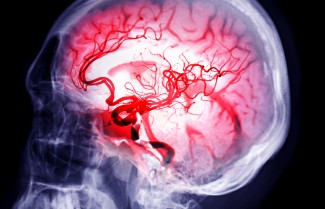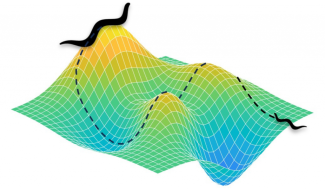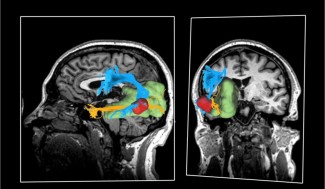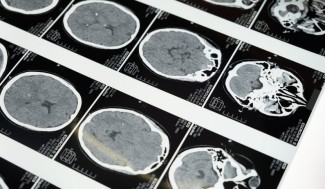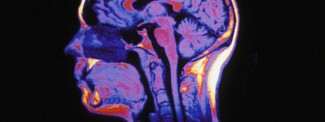Because high blood pressure is the major risk factor for a stroke, it is recommended to monitor blood pressure regularly and consult a physician if it goes above 140 at maximum pressure, or above 90 at minimum pressure, over the course of several measurements taken at rest.
Causes of strokes
In 85% of cases, a stroke is the consequence of a cerebral artery being obstructed by a blood clot, preventing blood flow. This is called an ischemic stroke. The main cause of this type of stroke is a build-up of cholesterol in vessel walls, narrowing the diameter of the artery and making it easier for the vessel to become obstructed. This narrowing, known as atherosclerosis, is sometimes localized in the brain, but sometimes a fragment of a cholesterol deposit present outside the brain can also break off and migrate through the bloodstream into a cerebral artery.
In 15% of cases, the stroke is considered hemorrhagic. In other words, it is caused by a rupture of a cerebral artery, weakened by high blood pressure (major cause), a malformation or treatment. The rupture of the artery then causes bleeding in the brain.
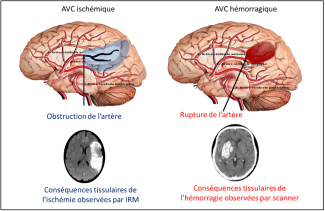
During an ischemic stroke, the cells, and particularly the neurons, of the affected brain region are in hypoxia. This means that they are no longer receiving enough oxygen and sugar, which are essential for their survival and are normally supplied through the bloodstream.
When this situation continues for a prolonged time, the cells die, resulting in a loss of brain functions associated with the affected regions. Initially, cell death occurs only in a small area, close to the obstruction. Around this perimeter, there is a ‘penumbra area’ where the damage caused is reversible if blood flow is restored quickly. In other words, within 6 hours of the first signs of a stroke.
Blocked blood flow in a cerebral artery is responsible for the death of 1.9 million neurons every minute (there are around 100 billion neurons in total).

